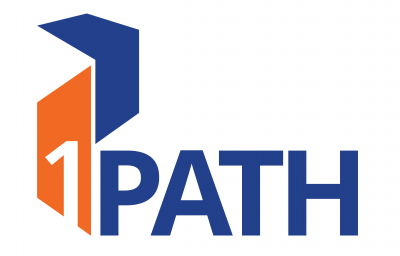Over the last few months, COVID-19 has caused a surge in the use of telemedicine. But as useful as telemedicine is, it comes with several unique challenges. In order to explore which strategies can best overcome these challenges, 1Path put together a webinar about telemedicine best practices and necessary technologies. Our expert panel also discussed the future of telemedicine, including why it will become so important and how it might change several months from now.
Barriers to Success
The webinar began with Patrick Kinsella, CTO of 1Path, asking, “From the perspective of a provider, what do you consider to be the biggest barrier to success in telemedicine?” Webinar attendees overwhelmingly responded with “physician workflow” and “patient access to technology.” Panelist Rob Boschen, CIO at Georgia Urology, agreed with the poll results.
“Before we entered the COVID crisis,” said Boschen, “we took our time and we were doing telemedicine at a pretty slow pace… But we’ve gone from maybe 10 patients a day or week all the way up to 500 or 600 patients a day, and we encountered a lot more than we anticipated… (To help overcome these problems), the things you need to know and practice are, what are your goals? How can you incorporate them into your practice?”
“In previous jobs, we had specific goals,” added Dr. Mark Darrow, Director of Graduate Medical Education at Northside Hospital, “and those goals were to serve some of the issues in rural areas with some of the specialties that (could solve) those issues… We were able to set up some fancy equipment that we were able to take to their offices and have an expert at the university on the other end (provide) telemedicine….”
Another barrier to success is the need to remain compliant and protect patient data. Due to COVID-19, certain compliance rules have been relaxed, but they will likely come back in the next few months.
“(Patients are) going to be baring their souls and/or parts of their anatomy, so the bar or car isn’t really the place,” said Dr. Darrow. “We had people think they’re going to be outdoors drinking margaritas during their encounter, and we’ve sent them back inside… You have to learn what a patient expects will happen and then lay some ground rules… You have to have the patient in a situation where they’re comfortable to disclose this stuff, but also be careful about getting into areas that you can’t get this kind of information. And be clear about what we’re going to do today.”
The Future of Telemedicine
Another main theme of conversation concerned the future of healthcare telemedicine solutions. Attendees agreed that telemedicine is here to stay, though it might look different several weeks from now.
“(In the future, visits) aren’t going to stay at 600 a day,” said Boschen. “Patients do want to be seen in the office, and physicians are most comfortable seeing them in the office… As we restarted opening our offices, we have seen telemedicine fall off quite a bit, but it’s also at a level where we’re continuing to have that as part of our practice. And the next step is to figure out how we weave it into a daily basis. If you have three exam rooms normally, maybe you can have a fourth virtual exam room. Or maybe you set a time aside each day so you can see patients at other times that are convenient for you.”
Dr. Darrow added that two populations will likely continue using telemedicine as a primary source of healthcare. “There is clearly a tech savvy group of patients who like it and have continued to request it,” he said. “The other population that has really taken to this Is a good number of our physicians. They’ve realized there’s a portion of the population of their patients they can treat with this… I see a lot more video conferencing with our patients than I was used to seeing before.”
Are My Healthcare Telemedicine Solutions Ready?
The webinar then turned to a discussion of different technologies that would best help your practice utilize healthcare telemedicine solutions. Boschen explained that there are several ways to determine readiness, and it’s important that you get your whole team involved.
“Depending on the size of your practice,” he said, “you’ll need to consider a marketing component, a clinical component, and an IT component… it requires a big cross-functional team to help make it successful, so bring everybody together… The tech is pretty standard across the platforms—there’s a camera, microphone, and speakers. And our job is to figure out what’s going to work best for our providers, but we should also help facilitate its use as part of the physician’s practice.”
If you’d like to watch the rest of our webinar, see the recording above.







